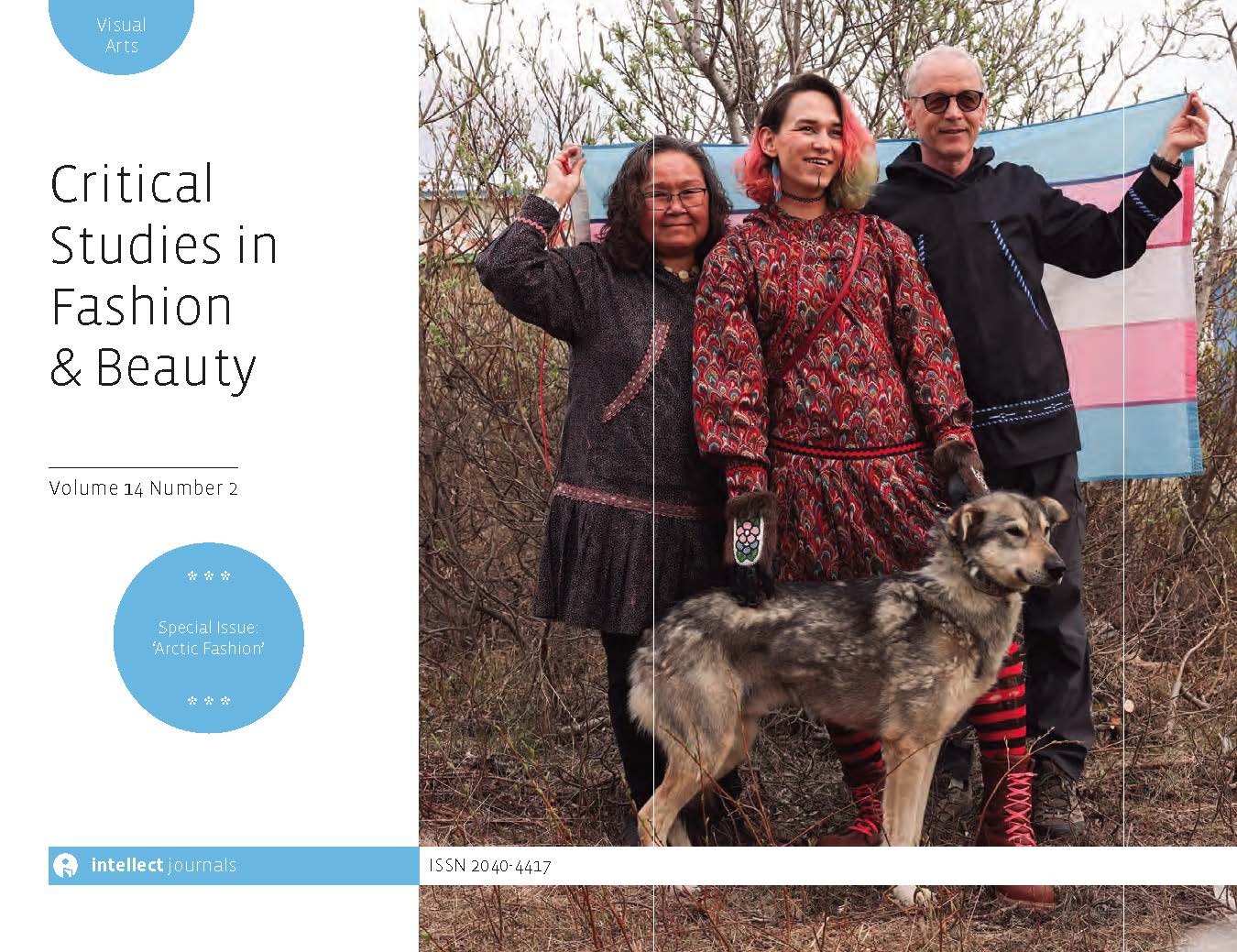
Full text loading...

Artworks record history. The images of women’s fashion and beauty presented in the art history of modern China illustrate explicitly the challenging, changing and circuitous development of women’s rights and feminism in the country. In this study, I analyse and contextualize the most widespread representations of Chinese ‘modern women’s fashion’: (1) the geisha-like ladies of news illustrations before the 1911 Revolution, (2) the poster-calendar girls in the republican aesthetics of an early commercial society, (3) the papercutting folk art that profiles ‘half the sky’ in the uniform aesthetics of Marxist–Leninist–Maoist propaganda, (4) the gender-specific art themes and materials applied by female artists after the opening-up policy and (5) the feminist art in the Chinese contemporary art world. The resulting analysis helps to elucidate the interconnections among fashion, art and women’s status in China, in pursuit of modernity, the radical expansion of western colonization, domestic political turmoil and, in particular, longstanding patriarchal cultural norms and values.

Article metrics loading...

Full text loading...
References


Data & Media loading...

Publication Date:
https://doi.org/10.1386/csfb_00027_1 Published content will be available immediately after check-out or when it is released in case of a pre-order. Please make sure to be logged in to see all available purchase options.